Fungal Frontier: Cultivating Mushrooms in Your Own Garden Beds
Mushrooms at home? Is that even safe?! Growing mushrooms at home might seem like a wild task, but with the right knowledge and techniques, it can be surprisingly easy.
In this blog, we'll explore the simplest and most effective methods for cultivating mushrooms in your outdoor space, from shiitake mushrooms to king stropharia and beyond.
This is not a step-by-step guide on how to grow mushrooms because that would make a very lengthy post considering each variety of mushroom has different needs. However, there are certain things that are common denominators. So, consider this blog a crash course on understanding the basics of growing mushrooms and things to consider before venturing into this wild path.

Understanding mushroom cultivation
Mushrooms are fungi that thrive in damp, nutrient-rich environments and reproduce by releasing spores, which can develop into new fungi under the right conditions.
Choosing the right mushroom species
The first step in growing mushrooms is selecting the right species for your garden beds. While there are countless types of mushrooms to choose from, some are easier to grow than others. Shiitake mushrooms, king stropharia (also known as garden giant or wine cap mushrooms), oyster mushrooms (including golden, pink, and gray varieties), and lion's mane mushrooms are all excellent options for beginners. These species are known for their relatively high yield and forgiving growing requirements, perfect for that learning curve.
Selecting a growing medium
Next, you'll need to choose a suitable growing medium for your mushrooms. While mushrooms can be grown on a variety of substrates, some of the easiest and most readily available options include hardwood chips, fresh hardwood logs, sawdust, coffee grounds, and even toilet paper. These materials provide the organic matter and nutrients that mushrooms need to thrive.
Preparing your garden beds

Once you've chosen your mushroom species and growing medium, it's time to prepare your garden beds.
Select a shady spot in your garden with good drainage and plenty of organic material, such as leaf litter or compost. If you're using fresh hardwood logs, drill small holes in the logs and insert mushroom spawn or wooden dowels inoculated with mushroom mycelium.
For other substrates, such as hardwood chips or sawdust, thoroughly mix the mushroom spawn into the material. This might sound complicated, but at its core, it's akin to brushing the surface with mini mushroom roots.
Planting your mushroom spawn
After preparing your garden beds, it's time to plant your mushroom spawn!
Spread the inoculated substrate evenly over the surface of the soil or growing medium, making sure to cover it with a layer of mulch or compost to retain moisture. Water the beds thoroughly and keep them moist, especially during the early stages of growth. This is the equivalent of sowing your seeds in a garden bed. See, it's not hard, it's just a different way of doing things.
Maintaining ideal growing conditions
To ensure the success of your mushroom crop, it's essential to provide the right growing conditions. Most mushrooms prefer high humidity and indirect sunlight, so be sure to water your garden beds regularly and keep them shaded from direct sun. Depending on the species you're growing, you may also need to adjust the pH of the soil or growing medium to promote healthy mushroom growth.
Harvesting your mushrooms

With proper care and maintenance, your mushroom beds should start producing mushrooms within a few weeks to a few months, depending on the species. When the mushrooms reach maturity, simply pluck them from the bed using a gentle twisting motion to avoid damaging the mycelium.
Another important factor to consider is the timing of harvesting. For instance, while white button mushrooms and portobello mushrooms belong to the same species, Agaricus bisporus, they are harvested differently. White button mushrooms should be harvested once they reach a certain size, whereas portobello mushrooms are allowed to mature further, resulting in larger mushrooms with a deeper flavor.
Final thoughts
Now that you've had a chance to read through and grasp the basics, you can see how similar mushroom cultivation is to growing plants. As you overcome the initial learning curve, the process becomes progressively easier, especially as you familiarize yourself with the terminology and common tasks required for mushroom cultivation.
Similar to gardening, it's essential to conduct research into the types of mushrooms you want to grow, consider the effort you're willing to invest in the process, and determine how much you're willing to learn. Just like how you didn't start gardening with all the knowledge you have now, the same can be said about growing mushrooms.
Give it a try and see what happens!



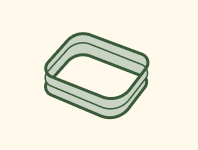

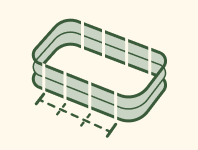
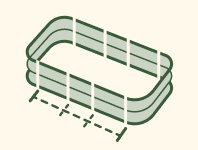

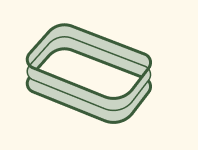
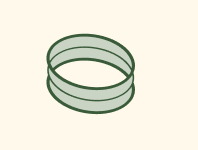





















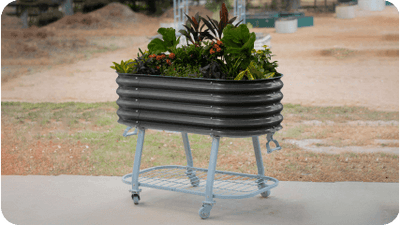








































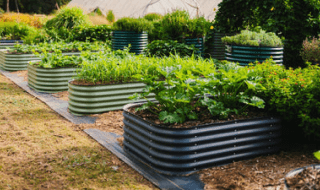
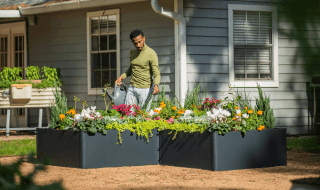
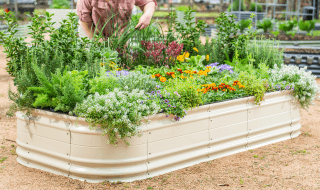
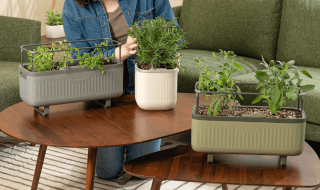
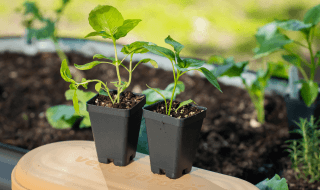
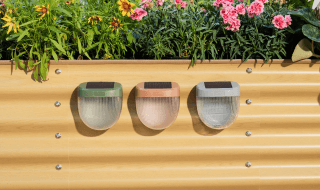
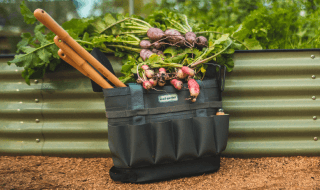
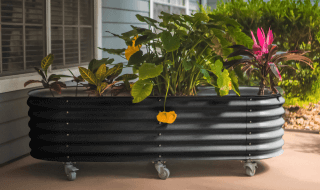







Leave a comment